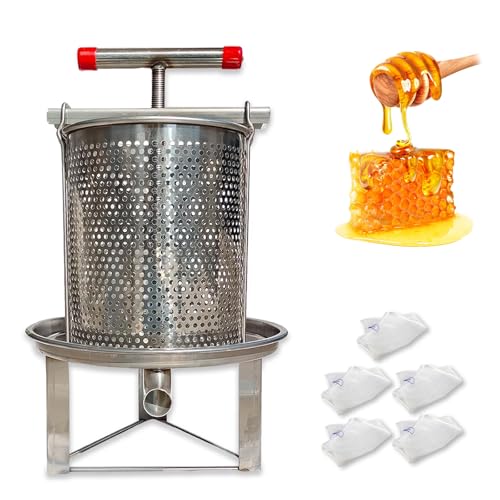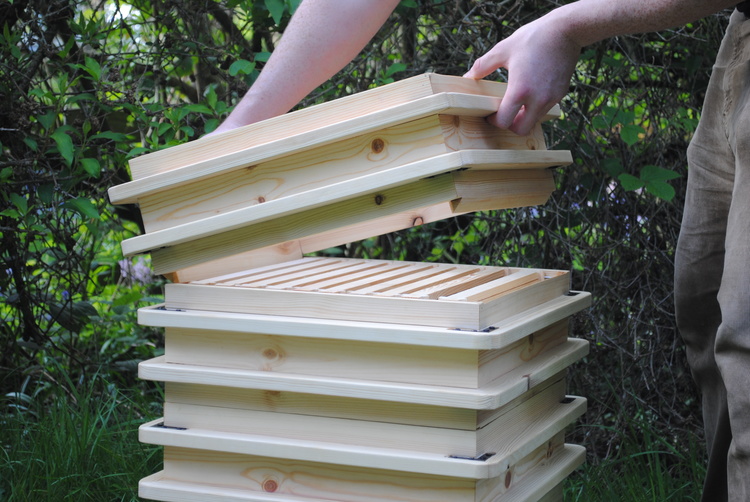Hey Dishmop and Pargyle, don't be sorry at all! This is the reason that I came onto this forum in the first place. I've got no interest in putting something out onto the market if it doesn't work for the bees/beekeeper. I'm not going to give up on it just yet though, I'll keep it as a sideline project and hopefully one day I'll have got it to the point where it works (even if it's just for me). Thats a good shout Dishmop - before I start building the next version of my own hive, I'll find the plans for a National or something similar and build that. Probably something I should have done at the start! Ah well aha. All extremely good points Pargyle, I'll keep them in mind for sure!  If I'm completely honest, my initial aim for this beehive project was for it to be a foot in the door for any form of eco-friendly design or conservation work. I wanted to test myself and see if I could really immerse myself in a good cause, plus I just love being and working outdoors! Along the way I just became besotted by the furry little buggers haha, they're very easy to love
If I'm completely honest, my initial aim for this beehive project was for it to be a foot in the door for any form of eco-friendly design or conservation work. I wanted to test myself and see if I could really immerse myself in a good cause, plus I just love being and working outdoors! Along the way I just became besotted by the furry little buggers haha, they're very easy to love 
In all seriousness though, thanks everyone for the help and advice. When I get my own colony set up and happy I'm sure you'll hear from me again!
In all seriousness though, thanks everyone for the help and advice. When I get my own colony set up and happy I'm sure you'll hear from me again!




















































